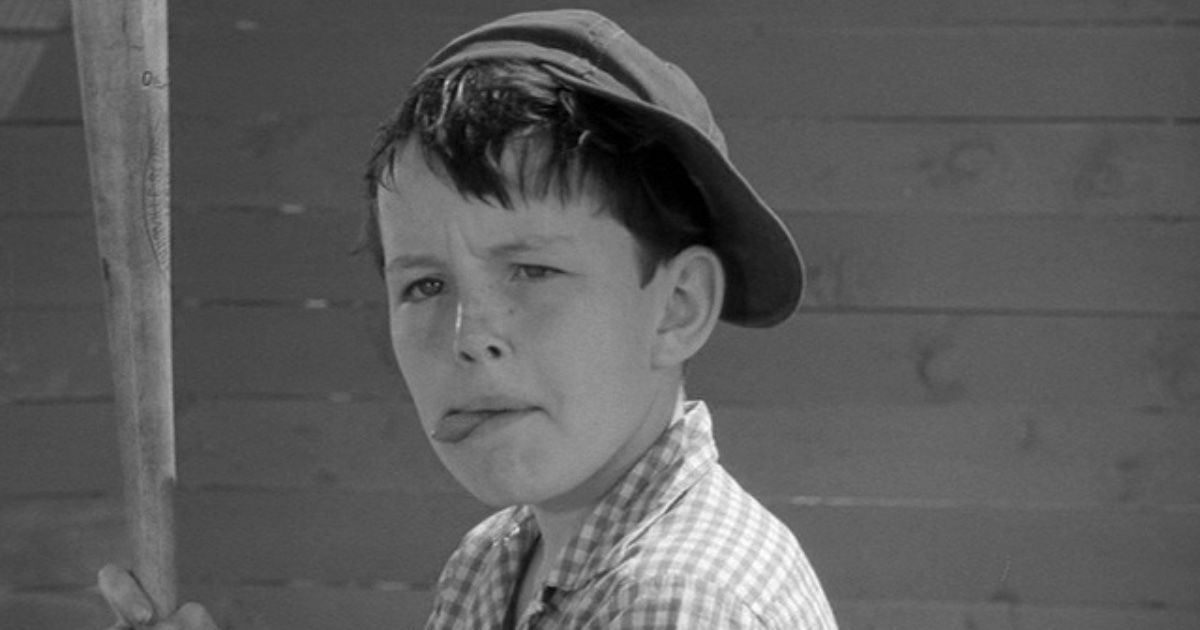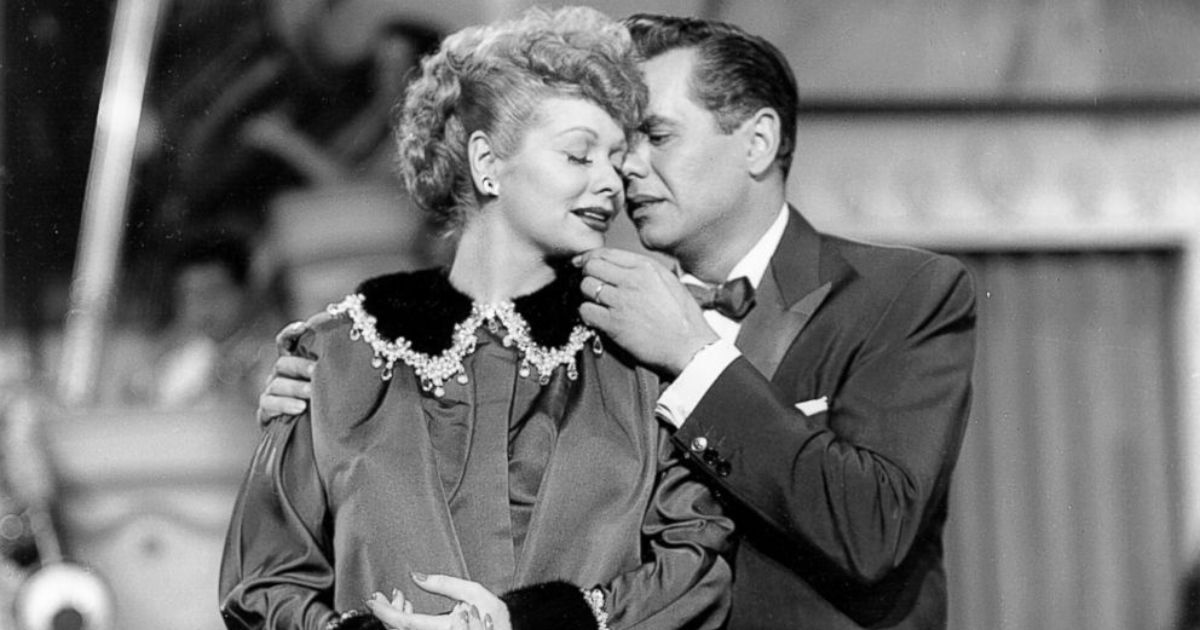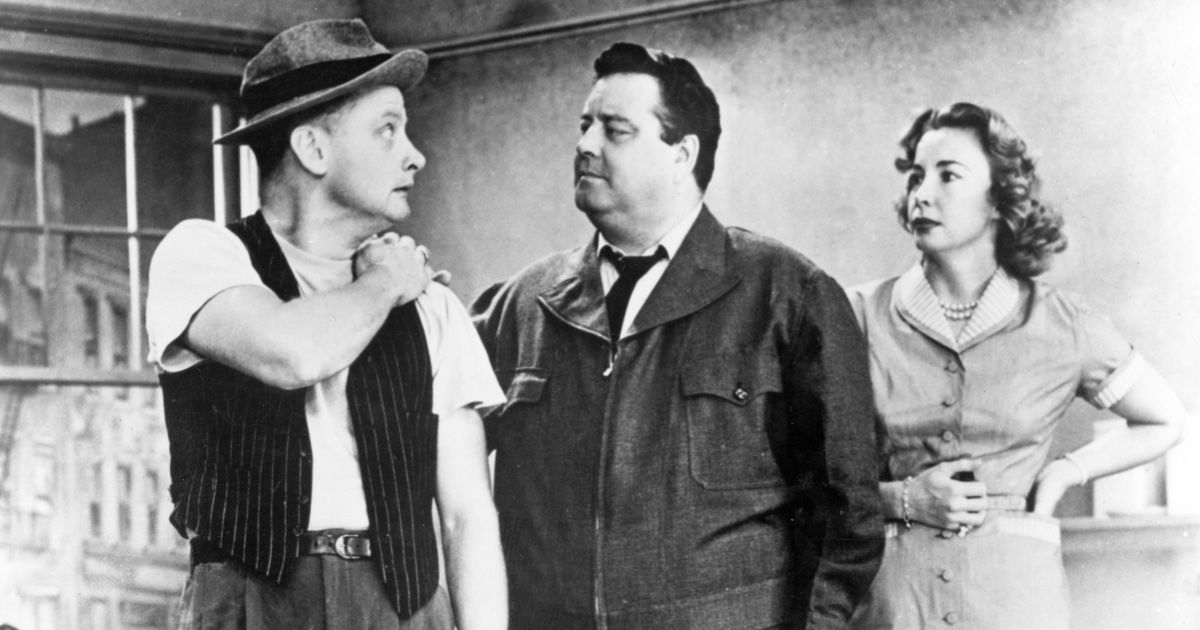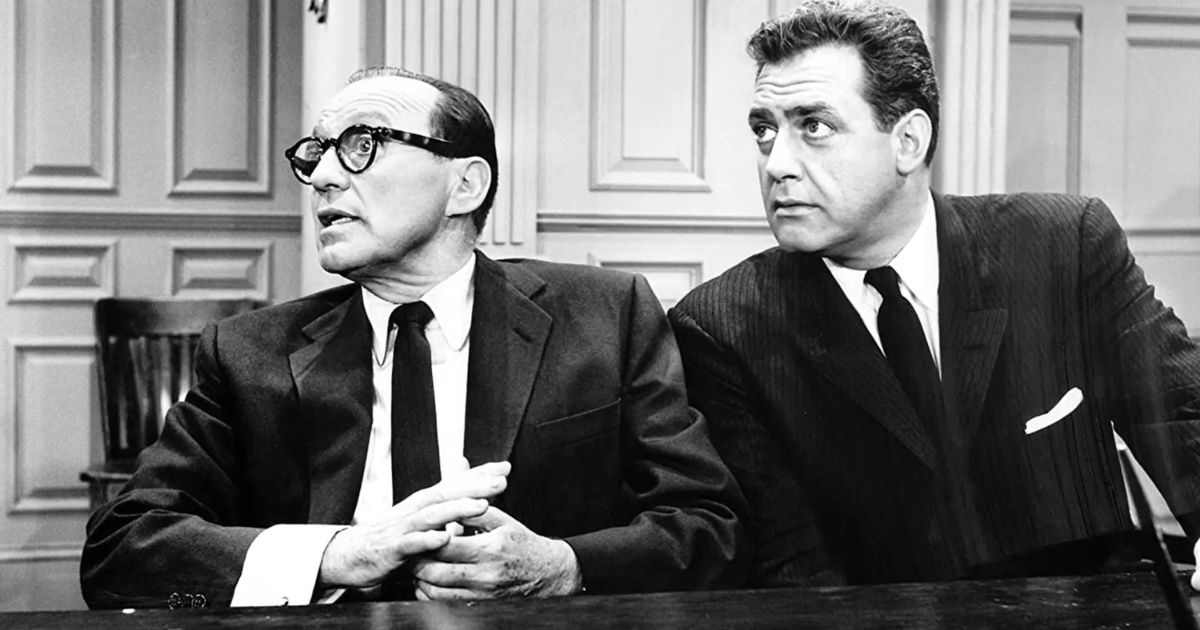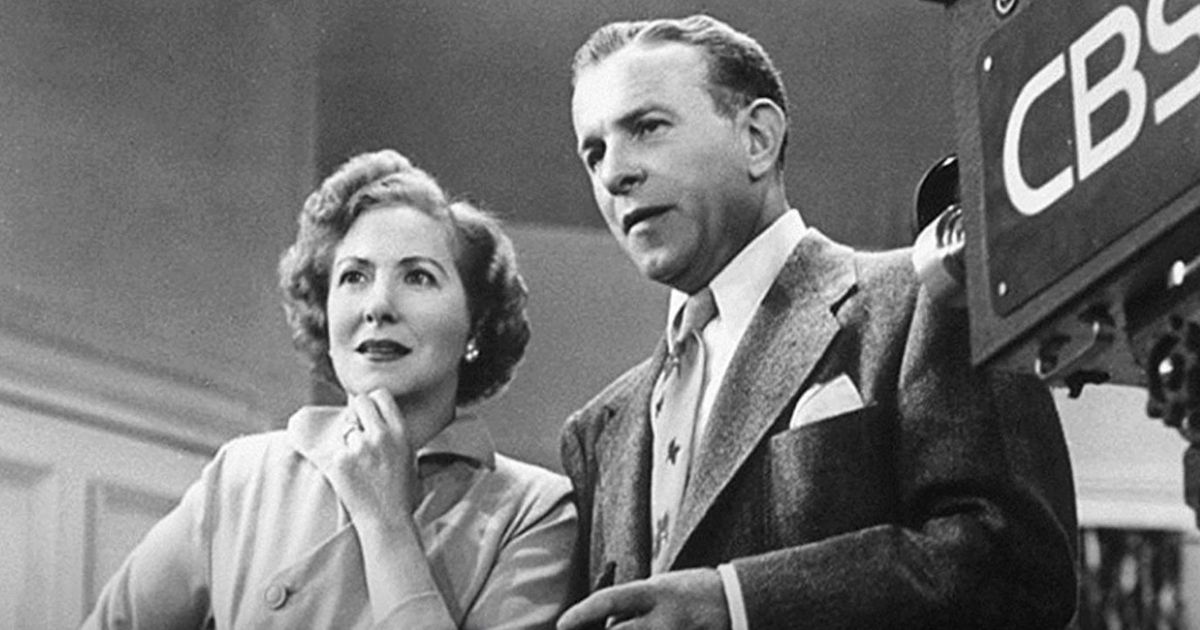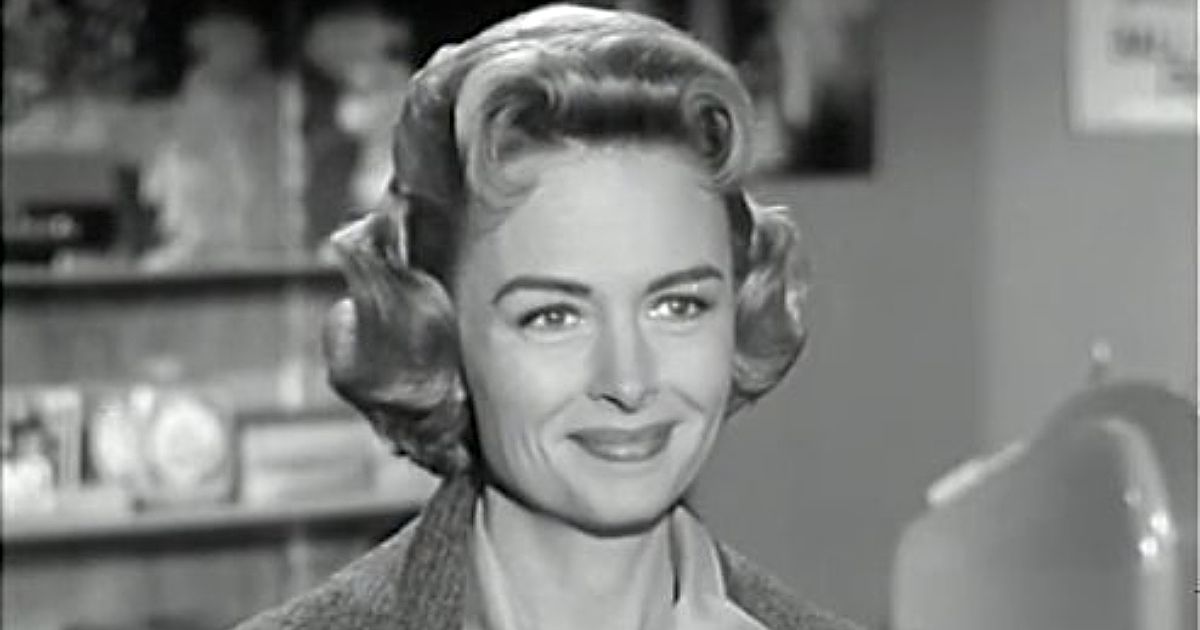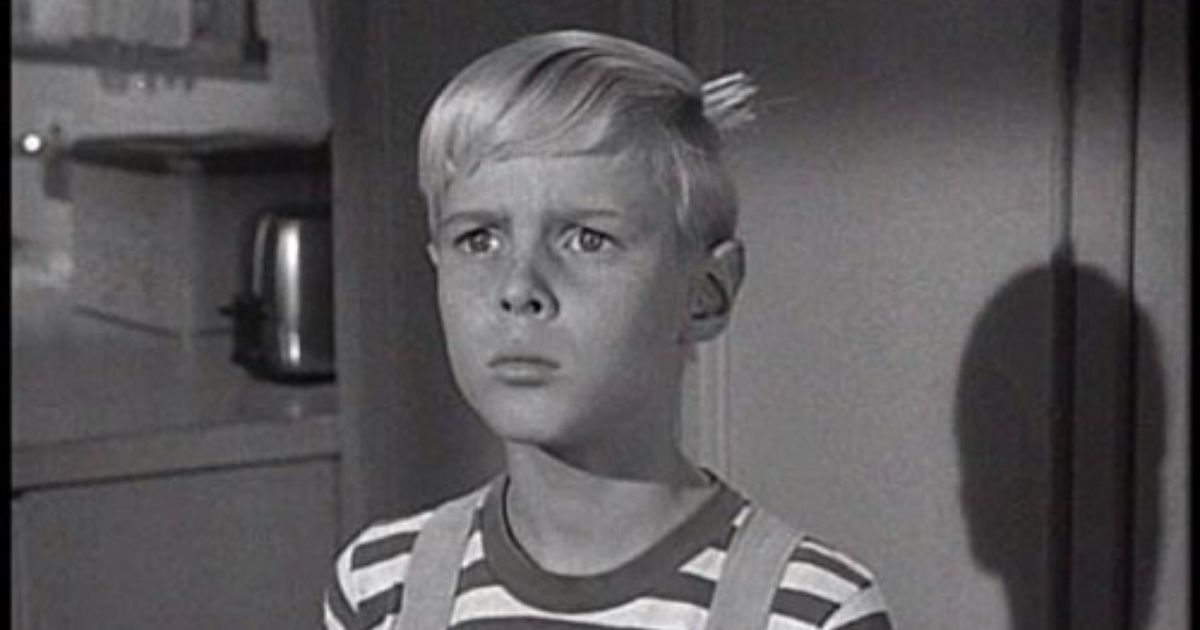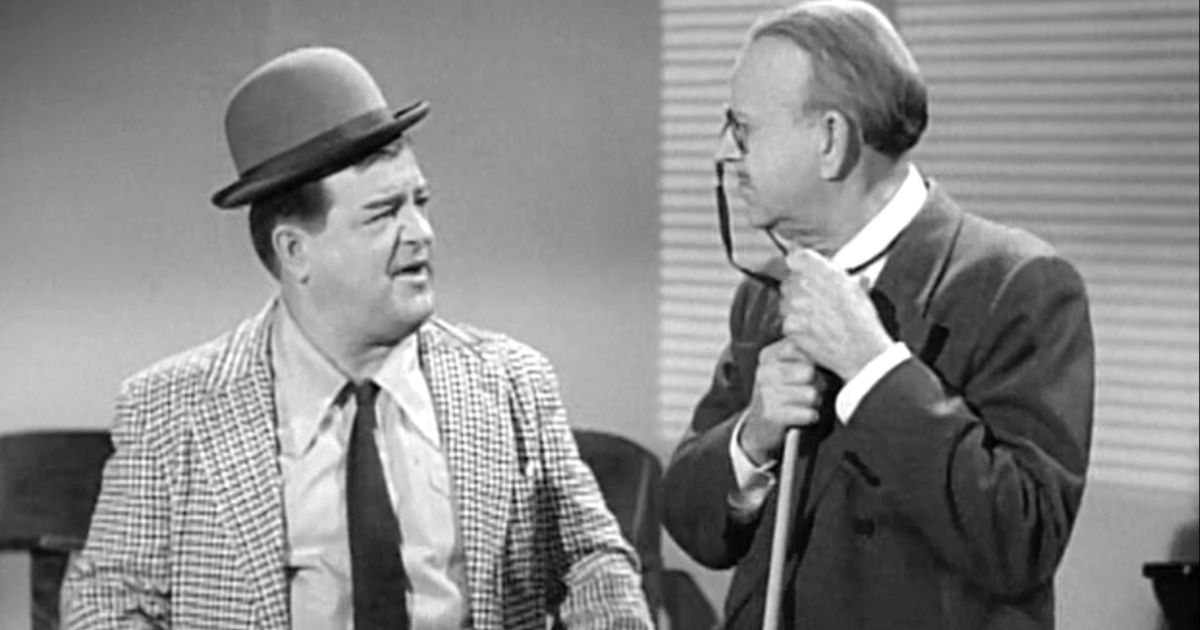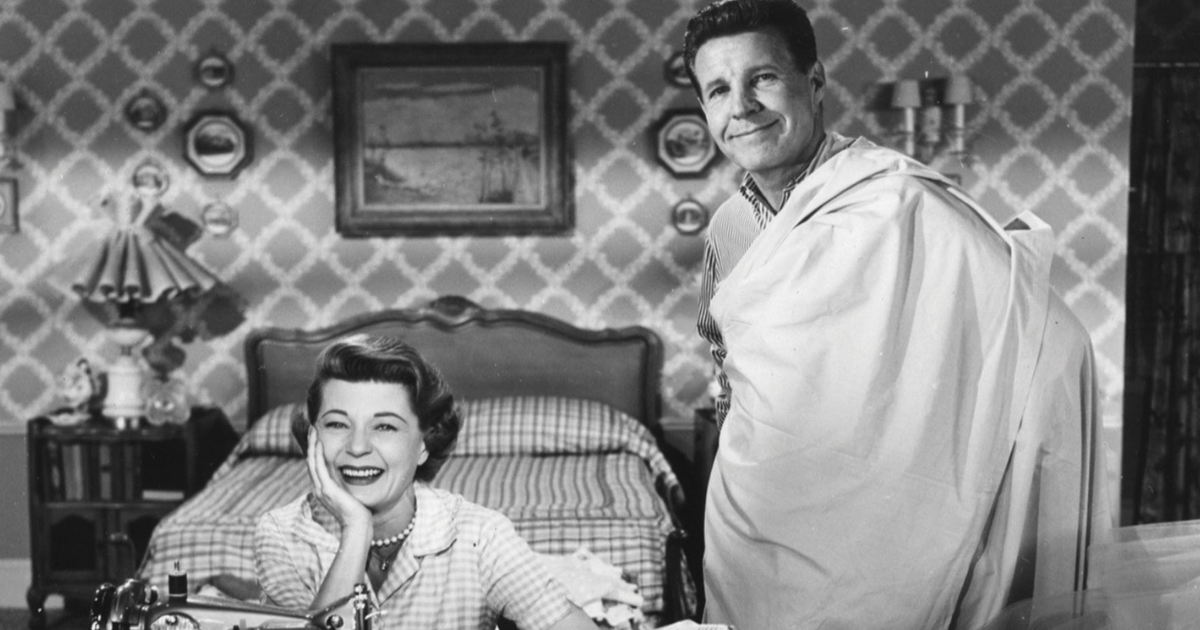
10. Leave it to Beaver (1957 – 1963)
Leave it to Beaver’s plot is built around Theodore “Beaver” Cleaver and focuses on the trouble that the young lad finds himself in at school and at home. More of an accidental menace, Beaver unintentionally frustrates everyone around him, but they always forgive him because they know his heart is pure.
A modern sitcom that can be compared to the ‘50s classic is Malcolm in the Middle, which is surprisingly getting a reboot. Still, Leave it to Beaver is arguably the better show because it features some of the weirdest characters, including one who is always munching apples and another who sneezes every time he says certain words.
9. I Love Lucy (1951 – 1957)
Fans looking for a flawless sitcom ought to get into the fictional world of I Love Lucy right away because it’s not only a laugh-fest but also perfect in every other way. It was even voted “The Greatest Show of All Time,” during a poll conducted by ABC News. For those looking to sneak behind the scenes, there is the Prime Video documentary, Lucy and Desi, which explores the lives of the sitcom’s stars.
8. The Honeymooners (1955 – 1956)
For most people, one paycheck is rarely enough, and the same is the case for bus driver Ralph Kramden (who was the inspiration for Fred Flintstone) in The Honeymooners. Sadly, he’d rather engage in get-rich-quick schemes rather than try to supplement his income using decent jobs. Unfortunately, his plans always backfire, triggering an “I told you so!” response from his wife, Alice.
7. Father Knows Best (1954 – 1960)
Father Knows Best follows the Anderson family and touches on everyday issues that the viewers will find relatable. The father (Jim) is a manager at an insurance company while the mother (Margaret) is a housewife who dedicates most of her time to raising and instilling discipline oi the family’s three children.
Interestingly, the sitcom is set in a fictional town known as Springfield, which is also the setting for The Simpsons. However, apart from the family setting, the two shows have little in common. What the show generally does best is teaching parenting techniques. Both Jim and Margaret are quick to advise rather than castigate, and they always spare a few hours time to bond with their children.
6. The Jacky Benny Program (1950 – 1965)
Throughout its run, the sitcom kept wowing viewers with plenty of surprise cameos. The likes of Frank Sinatra and Ronald Coleman showed up at some point, providing a ratings boost. At the time, the biggest names rarely appeared on TV shows, so The Jacky Benny Program was revolutionary in that regard.
5. The George Burns and Gracie Allen Show (1950 – 1958)
The George Burns and Gracie Allen Show is another sitcom that benefited from having a husband and wife couple as the main actors. Real-life married couple George Burns and Gracie Allen portrayed fictional versions of themselves and over the course of the series, they find themselves in awkward slapstick situations while delivering memorable lines in the process. The couple’s children also make occasional appearances.
Like every other great sitcom, there are plenty of running gags, specifically one where visitors keep forgetting their hats while fleeing the Burns home. Many of them feel compelled to make quick exits because of Grace’s tendency to engage in conversations that make everyone feel uncomfortable. Because it was consistently entertaining the show was nominated for at least a single Emmy every year during its run.
4. The Donna Reed Show (1958 – 1960)
The Donna Reed Show was the first family sitcom to feature a woman as the center of the show, so it deserves all the credit for changing the tide of America’s television landscape. Events center around the housewife Donna Reed as she deals with issues stemming from her own household and the community at large.
Borrowing a lead from The Jacky Benny Program, The Donna Reed Show also packs in plenty of celebrity cameos. And because the central character is a woman, feminist themes are examined on the regular. Donna is often seen doing community projects and making extra bucks on her own instead of staying at home all day. Besides that, characters often argue about gender roles.
3. Dennis the Menace (1959 – 1962)
In recent decades, there has been an influx of movies and shows starring children but when Dennis the Menace came out, there was no such trend. Though it was a risky move, the sitcom became successful because viewers were familiar with the fictional character. There was already a popular comic strip about Dennis and by maintaining the tone set in the pages, the CBS production faired just fine.
2. The Abbott and Costello Show (1952 – 1954)
According to Jerry Seinfeld, The Abbot and Costello Show was the inspiration for his own popular sitcom, Seinfeld. Given how good the ‘50s show is, one can see why the ‘90s sitcom became a hit. In each episode, the proceedings remain wired around the adventures of two unemployed actors sharing a Los Angeles apartment.
There’s a tendency for hardcore sitcom fans to value productions that don’t use laugh tracks and The Abbot and Costello Show falls into that category. Before being aired on television, the episodes were filmed for live audiences, then their reactions were authentic. Each scene thus gets authentic feedback, whether it’s applause or boos.
1. The Adventures of Ozzie and Harriet (1952 – 1966)
Years after it ended, The Adventures of Ozzie and Harriet’s legacy remains intact. The sitcom was the first scripted series to cross the decade milestone and since then, longevity has become a common thing. In it, actor and bandleader Ozzie Nelson stars with his real family, playing exaggerated versions of themselves living in a fictional town.
Viewers who like it more when the creators of screen productions don’t attempt to provide too much social commentary will be impressed by The Adventures of Ozzie and Harriet. There are rarely any serious themes being addressed. Instead, the focus remains on family life and the little misadventures that come with it. Though Ozzie rarely leaves the house (despite being a bandleader), there is never a shortage of burning household issues for him to address.
